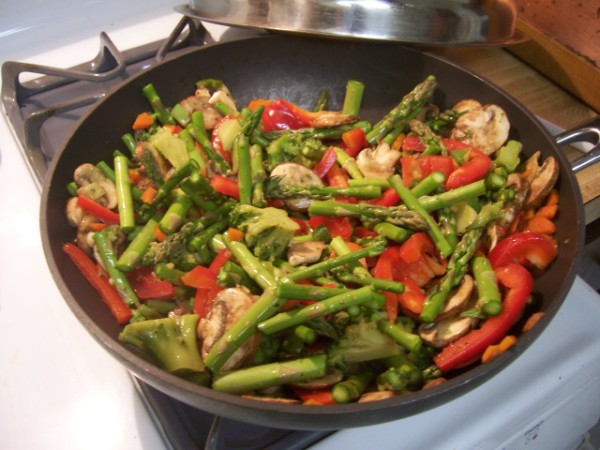 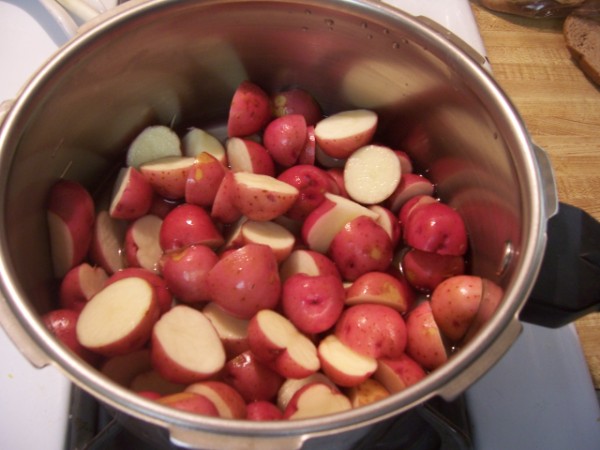 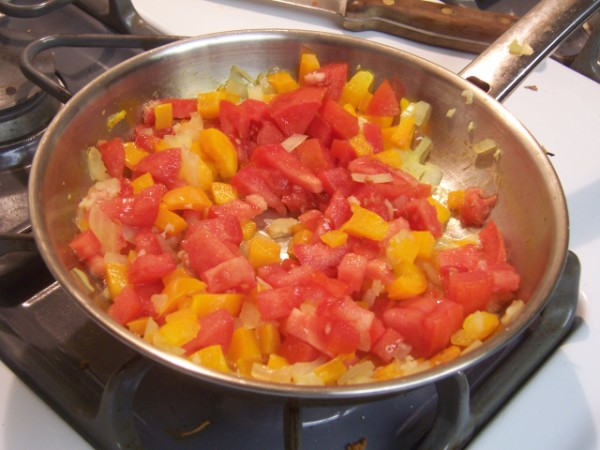 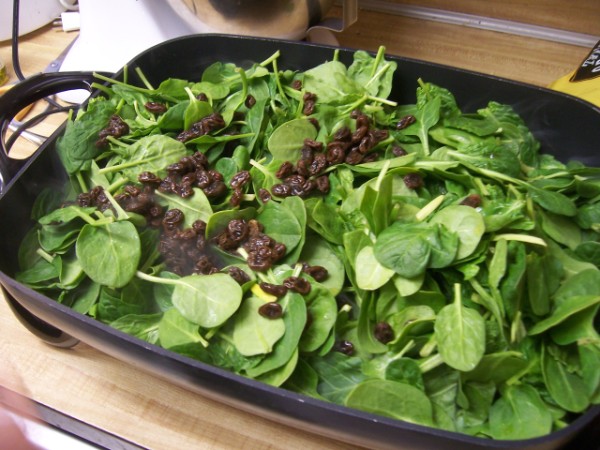 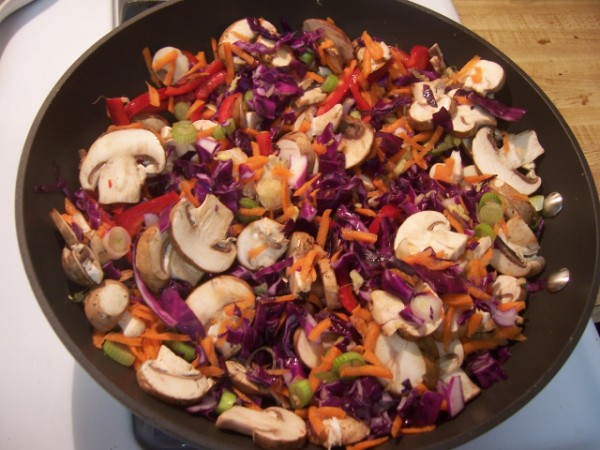 |
Subscribe to Our FREE Newsletter
Menus
Recipes
Podcasts
Videos
Articles
Products
Books
Ebooks
Resources
Workshops
About Us
We
love all fruits, but there is something magical
about pears in our house. Perhaps
because it was the first real food Emily ever tried, it has remained
her
favorite. Perhaps
it is because they are
juicy and sweet, with a soft, buttery yet somewhat grainy texture, that
we like
them so much. The
season  for pears runs
from August through October, although pears are available most of the
year
because of excellent storage facilities and the global market.
for pears runs
from August through October, although pears are available most of the
year
because of excellent storage facilities and the global market.
Pears are members of the rose family and related to the apple and the quince. Pears generally have a large round bottom that tapers towards the top. Depending upon the variety, their paper-thin skins can either be yellow, green, brown, red or a combination of two or more of these colors.
Pears
are one of the few fruits that do not ripen
successfully on the tree. They are harvested by hand when they reach
full
maturity but before they are ripe. Pears will ripen after they
harvested.
Choose a pear that is firm, but not too hard, bright and fresh looking
with no
bruises or external damage. The color of good quality pears may not be
uniform
as some may feature russetting where there are brown-speckled patches
on the
skin; this is an acceptable characteristic and oftentimes reflects a
more
intense flavor. Avoid pears that are punctured or have dark soft spots.
Pears
other than
Tips for Preparing Pears:
Fresh pears are delicious eaten as is after gently washing the skin by running it under cool water and patting it dry. Since their skin provides some of their fiber, it is best to not peel the fruit but eat the entire pear. To cut the pear into pieces, you can use an apple corer, cutting from the fruit's base to remove the core, and then cutting it into the desired sizes and shapes. Once cut, pears will oxidize quickly and turn a brownish color. You can help to prevent this by applying some lemon, lime or orange juice to the flesh. We love to eat pears like an apple, dice them and use as a topping for our salads or bake them in a pie or a crisp.
Pear Varieties:
Most
of the pears we notice in the grocer are
Bartlett’s, D’Anjou or Bosc.
When we
owned our produce market we would tell people that the
Click here for a great Pear Crisp recipe.
"Wisdom From the Kitchen" | Veg4Health.com Melbourne Florida


